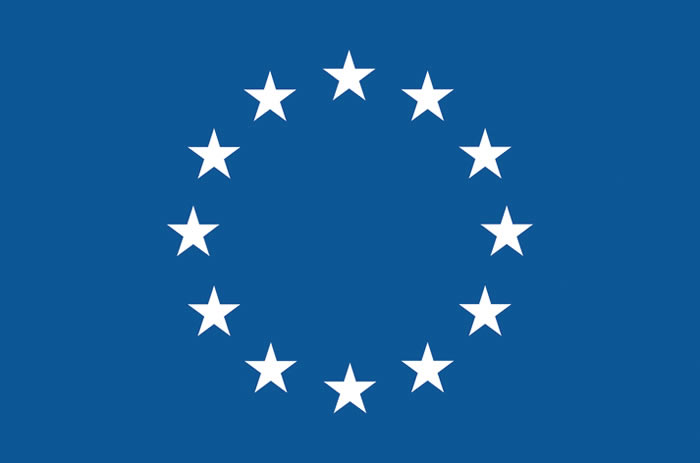Laufer, Stefan

Stefan Laufer is Professor for Pharmaceutical/Medicinal Chemistry at Tuebingen University. He received his degrees from Regensburg University. After 10 years in Pharmaceutical Industry he joined in 1999 Tuebingen University as Chairman Pharm./Med. Chemistry. His research interests are anti-inflammatory and cancer drug discovery with various eicosanoid (COX-1,2,3, LOXs, mPGES1, cPLA2) and protein kinase targets (p38, JAKs, JNKs, CK1d, mtEGRFs) . Three compounds from his lab entered clinical development phases. Dr. Laufer chairs the ICEPHA (Interfaculty Center for Pharmacogenomics and Drug Research) and TüCADD, Tuebingen Center for Academic Drug Discovery. As part of this work, a proprietary kinase inhibitor collections is established (TüKIC, 10.000 cpds). He authored more than 500 publications, 14 books/bookchapters and is inventor in 42 patent families.
Abstract:
Covalent Inhibitors re–invented
Topic:
Covalent Inhibitors belong to the oldest and most successful drugs. Prominent examples are e.g. Acetylsaliclic Acid, ß-Lactone Antibiotics or Gastric Proton Pump Inhibitors. A major breakthrew in cancer therapy of the last decades was targeted therapy with protein kinase inhibitors. Still unmet needs in this field are target residence time, selectivity and rapid development of target kinase mutations. “Targeting the Cysteinome“: We applied this strategy to unsolved problems in the field of JAK3, JNKs and mutant EGFR kinases.
JAK3 signaling is a key driver in the development of lymphoid cells and modulation of immune response. Due to its isolated expression in lymphocytes a selective JAK3 inhibitions is considered to be a promising strategy for the development of new immunosuppressant drugs. Via a covalent-reversible inhibition approach we were able to develop new highly potent JAK3 inhibitors with high isoform specifity as well as an outstanding kinome wide selectivity. A novel binding mode was observed in the x-ray structure.
The emergence of mutations within the catalytic domain of EGFR has led to resistances against small molecular drugs. By the application of a scaffold hopping approach, we successfully developed picomolar covalent-irreversible inhibitors against gefitinib resistant EGFR mutants with high cellular activity (14 nM). Moreover we further improved the reversible binding patterns of this chemotype to yield compounds showing high activities in the low nanomalar range against the clinically challenging osimertinib resistant L858R/T790M/C797S triple mutant.
In continuing efforts to enhance both, JNK3 selectivity and activity of our pyridinyl-imidazole-based kinase inhibitors, we successfully applied the approach of covalent targeting of non-catalytic Cysteins to our dual JNK3/p38α MAP kinase inhibitors. The most promising covalent inhibitor (JNK3, IC50 = 0.3 nM) shows high metabolic stability in human liver microsomes and displays excellent selectivity in a screen against 410 kinases. Covalent binding to Cys-154 of the enzyme was confirmed by incubation of the inhibitors with wild-type JNK3 as well as with a JNK3-C154A mutant followed by mass spectrometry.
Back to speaker overview Back to Oral- and Flash presentations overview





